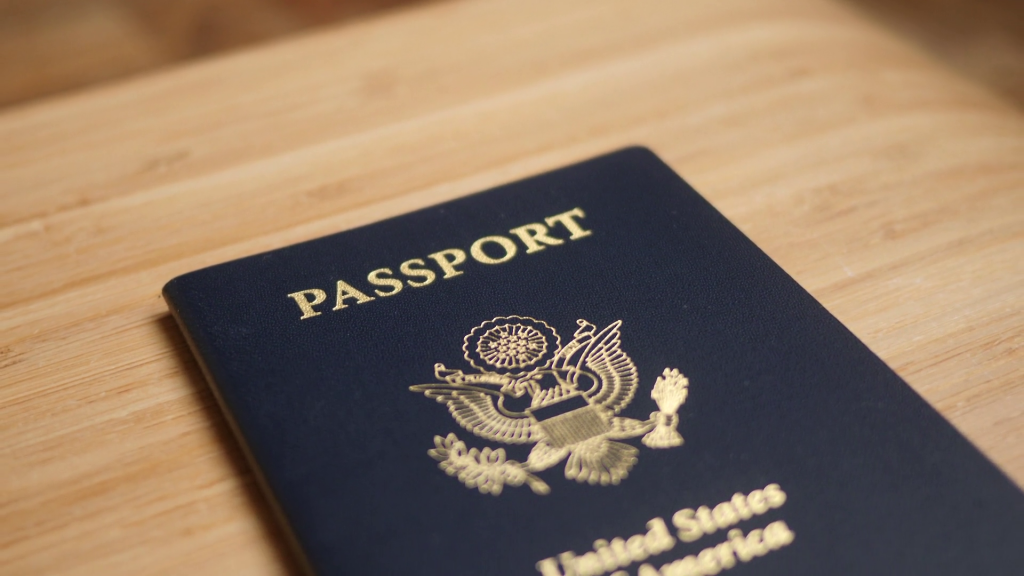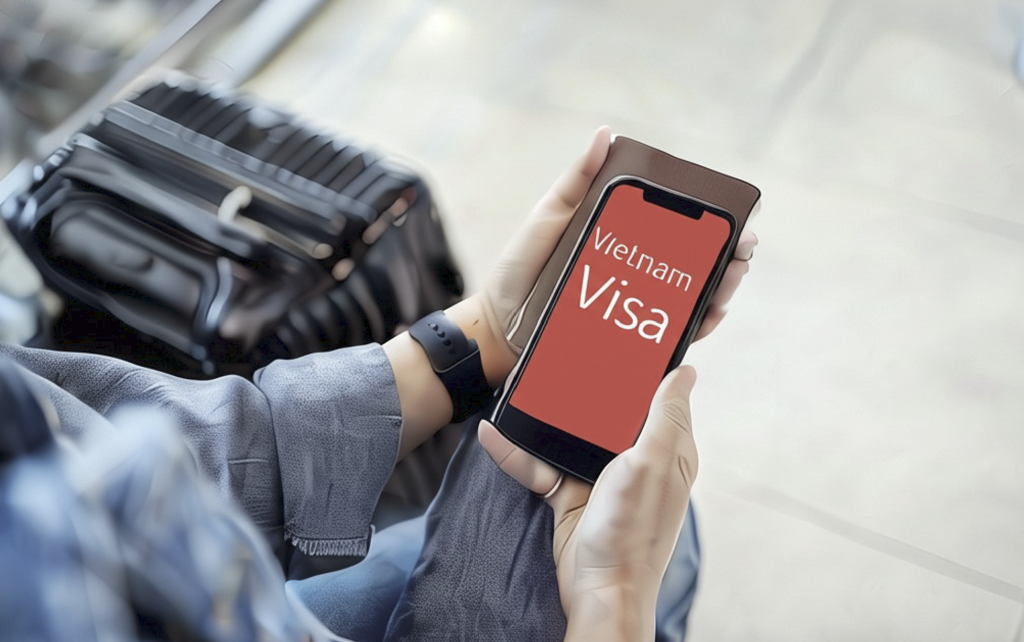


In 2025, Vietnam’s e-visa policy is not just a convenience—it’s a game-changer for American travelers. But the details matter. As Vietnam increasingly opens its borders to global tourism and business, the digital visa system has emerged as the primary gateway for foreign nationals—including Americans—who want to enter the country efficiently and legally. Yet beneath the convenience lies a complex layer of policy updates, procedural shifts, and technical requirements that must be understood to avoid delays or rejections. This guide offers an in-depth look into Vietnam’s e-visa ecosystem in 2025, focusing specifically on US passport holders. Whether you’re a frequent business traveler, a curious tourist, or planning a long-term visit, understanding how this system works will save you time, money, and frustration.
Vietnam’s e-visa system was first introduced in 2017, but in 2025 it has evolved into a more robust and widely accessible platform. US citizens are now among the nationalities eligible to apply for a digital visa entirely online—without any visits to embassies or consulates.
Key features of the 2025 system:
Vietnam’s aim is clear: simplify entry, reduce bureaucracy, and boost international engagement—especially with key partners like the United States.

2025 brings a few important legislative and administrative updates that US applicants need to note:
For US citizens, these changes represent improved access but also stricter documentation scrutiny. Any inconsistency between your passport and your application may result in delays—or even denials.
Here’s how the digital visa process plays out in real life:

Even experienced travelers make common mistakes that lead to rejections. Here’s how to avoid them:
Also, don’t wait until the last minute. Even though express services exist, applying at least 7 days in advance is highly recommended.
Take John M., a US entrepreneur attending a trade show in Hanoi. He applied on the government site, but his photo got rejected—twice. He lost two days and nearly missed his flight. Frustrated, he switched to Vietnam-Evisa.com, where a specialist reviewed his documents in real-time, corrected his formatting, and got his visa approved in under 6 hours.
Professional support like this offers:
For travelers who value efficiency, speed, and peace of mind, this kind of support isn’t just a luxury—it’s a necessity.

Vietnam’s 2025 digital visa policy marks a bold step toward modernization and international inclusivity. For US citizens, it offers unprecedented flexibility—but only if used correctly. Understanding the latest rules, avoiding common mistakes, and using trusted platforms like Vietnam-Evisa.com can turn a potentially stressful process into a seamless experience. Don’t gamble with your travel plans—plan smart, apply right, and enjoy your Vietnam journey to the fullest.